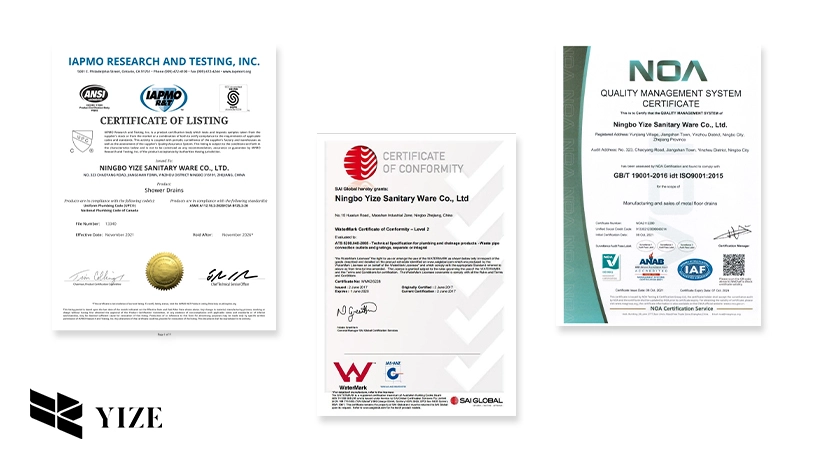In the fast-evolving construction materials market, the emphasis on the quality and safety of linear drains has never been higher. As these components become staples in modern construction, the onus is on manufacturers to navigate the complex world of product certification. This journey is not just about compliance but opening doors to global markets and building consumer trust.
I. The Cornerstone of Quality: ISO 9001 and CE Marking

At the heart of product certification are ISO 9001 and CE Marking, benchmarks for quality and safety. ISO 9001 underscores a commitment to consistent customer satisfaction and regulatory adherence, establishing a framework for continuous improvement. For linear drain manufacturers, this certification is a testament to reliability, enhancing global competitiveness.
Equally pivotal is the CE Marking, a passport to the European Union’s vast market. This mark indicates compliance with EU standards for health, safety, and environmental protection. Securing this certification involves a rigorous assessment of the product’s conformity to EU directives, a critical step for manufacturers aiming to broaden their market reach.
II. Embracing Environmental Responsibility: RoHS and REACH
Environmental certifications like RoHS and REACH reflect the industry’s move towards sustainability. RoHS restricts the use of specific hazardous materials, ensuring that products like linear drains are safer for both users and the environment. REACH extends this ethos, focusing on the risks associated with chemicals in manufacturing. Compliance with these regulations not only mitigates environmental impact but also elevates product marketability in regions with strict environmental standards.
III. Market-Specific Certifications: Tailoring to Consumer Needs
Diverse markets demand tailored certifications. In North America, the cUPC certification is crucial for plumbing products, signifying compliance with uniform plumbing codes. Similarly, Australia’s WaterMark certification is indispensable for plumbing fixtures, ensuring they meet the Australian standards for water efficiency and safety.
IV. Navigating the Certification Maze: FAQs
Q1: Why are these certifications important for linear drain products?
These certifications validate a product’s quality, safety, and environmental friendliness, crucial for gaining consumer trust and accessing international markets. They serve as a manufacturer’s pledge to meet the highest standards.
Q2: What’s the cost of obtaining these certifications?
Costs vary widely depending on the certification and scope of assessment but consider this an investment in your product’s marketability and longevity. While expenses can range from a few thousand to tens of thousands of dollars, the payoff in market access and brand reputation is invaluable.
Q3: What if my product fails to meet certification criteria?
Failure to meet certification criteria is a setback, not a dead end. Use this as an opportunity to pinpoint areas for improvement. Engage with certifying bodies to understand deficiencies and reformulate your product. Persistence is key.
Q4: How long do these certifications last?
Most certifications have a validity period, after which re-assessment is necessary. Maintaining compliance through regular internal reviews and staying abreast of regulatory changes is essential for uninterrupted certification.
V. Conclusion
The path to certification for linear drain products, though daunting, is a rewarding journey toward achieving global recognition and consumer trust. These certifications are not mere badges but reflections of a manufacturer’s commitment to excellence. By prioritizing quality management, environmental responsibility, and market-specific compliance, manufacturers can not only navigate but thrive in the global marketplace, delivering products that stand the test of time and regulations.
